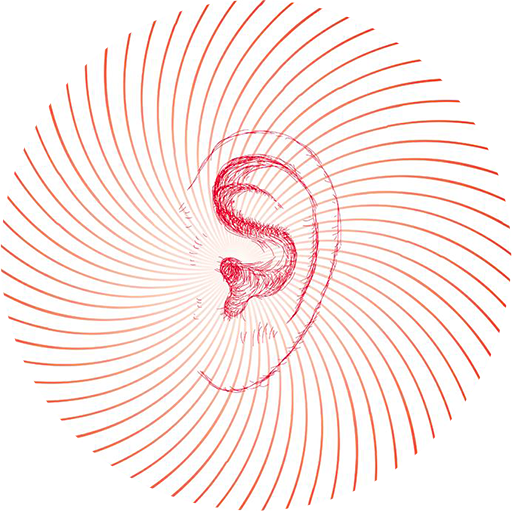The subject of the present dissertation can be understood as a travel itinerary among the many possibilities on how to document and to communicate soundscape. In order to convey an immersive and intense sensation of “being in Africa”, I strived to find a balance between the academic method and the experimental-creative approach. The resolve to document the sound landscape in the framework of its own territory has been a crucial aspect of the entire work.
I think that extracting a soundscape from its context or transforming it in something “acousmatic”, it automatically becomes an “art” object subject to abstract interpretation. Its own context, on the contrary, reduces the possibility of abstraction and offers an connotation.
The techniques used for the sound recording influenced the work as well. But in turn my relation with the territory has influenced said techniques too, for example while I tried to make my presence as “Western Caucasian Male” least invasive, and to influence as little as possible the recording process.
From an ethical point of view, my work stirred in me thoughts and conflicts.
It is very difficult to avoid “sound tourism” while strolling among markets or to collect new sounds deprived of any morbid “sound fetishism”. Sometimes the act of sound gathering can border on the invasiveness and insolence of a photographer trying at any cost to capture faces. The ancient “white man’s burden” as well has played a big role in my actual behavior. We are the ones who colonized Ethiopia, and the ones who ransacked the whole African continent.
Ultimately, my work can be compared more to the theme reportage of “Sonic Journalism” and to a documentary on acoustic identities of Ethiopia than to a systematic and scientific Ethnomusicology analysis.
I believe that a profound listening of the territory can contribute to a better understanding of reality. Sound, as we extensively demonstrated, is a detector of social habits, cultural characteristics, life quality, of the real use and purposes of urban space (particularly those not apparent), of emotions, and of the feelings of the city inhabitants. In short, it provides an insight of all of those characteristics -not ascribable to a form, a number, a type – that are connected with the identity of a specific place, and that are nevertheless equally meaningful and essential.
